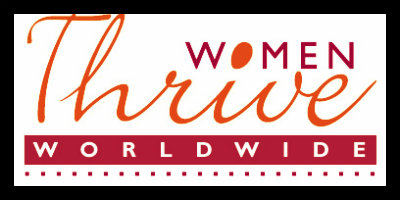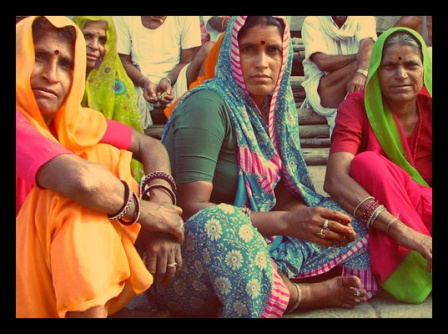
Each year, World Hunger Day is celebrated to raise awareness around the issue of global hunger. The day is celebrated on May 28th and this year Women Thrive Worldwide called on lawmakers to ask women when considering the fight against global hunger. To successfully eradicate hunger, issues like women’s rights, economic empowerment, and access to resources must be addressed.
Women Thrive Worldwide is one of the leading organizations championing the cause of women in Washington. They are working to call leaders in Washington to realize the effects of hunger on women and see the opportunity available to reduce worldwide hunger through changing the resources available to women in developing countries. Elise Young, Vice President of Policy and Government Affairs at Women Thrive Worldwide called on leaders to support the reforms to food aid and to continue to recognize the impact and value of women in the fight against world hunger.
Women around the world get hit the hardest when food shortages arise or when food prices spike. 60 to 70% of all food grown in developing countries is farmed and grown by women. Yet when shortages happen, it is women who often eat last or eat less. The food aid reforms President Obama has proposed would enable women to become active players in the market where they can buy and sell their goods. The proposed changes will directly impact women, local economies, and the developing world and continue to reduce the global impact of hunger.
Almost half of food produced worldwide is done so by women and in developing countries those percentages reach up to 60-80%. When shocks hit, women will sacrifice their food quantity and quality to serve and provide for their families which leaves them vulnerable. Research shows that empowering women and providing them with adequate resources could reduce the number of hungry people by 100-150 million. It is important today to support food aid reforms and the empowerment of women worldwide in order to continue towards the eradication of world hunger.
– Amanda Kloeppel
Source: Women Thrive Worldwide
Photo: Oxfam









